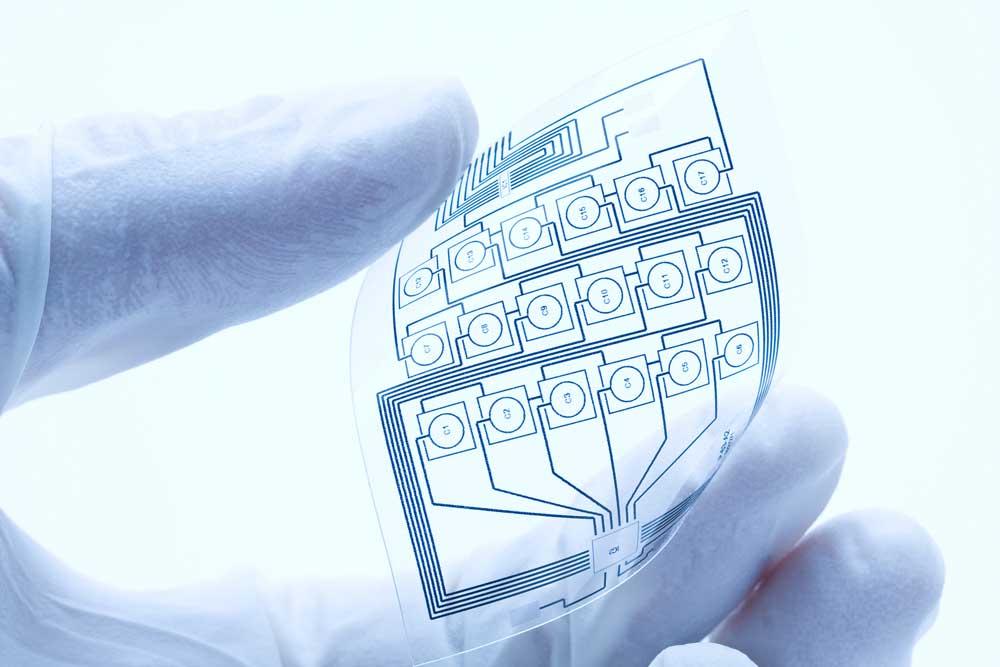Printed electronics is a printing process used to manufacture electronic devices on various substrates. This technology is gaining traction due to its ability to fabricate large-scale flexible electronics.
The choice of substrates, whether rigid or flexible, significantly influences the design of printed electronics devices. Some of the key benefits of printed electronics are high production speed, automation, and suitability for mass production. Printed electronics allow for the manufacture of thin, flexible, lightweight, and affordable electronic products, which align with the development of modern electronic technology. High demand for thin film electronics is also boosting the global market dynamics. Cost-effectiveness of printed electronics makes it an attractive option, especially for applications such as antennas in handheld consumer devices, automobiles, and aircraft.
Printed electronics, including biosensors and flexible printed heaters, offer cutting-edge solutions for faster recovery, early illness detection, and virtual healthcare. These advancements are augmenting the the demand for printed electronics in healthcare. Printed flexible heaters are used in wound recovery bandages, while biometric sensors enable remote patient vital tracking, thus supporting the popularity of telemedicine. Wearable sensors manufactured using printed electronics enable continuous health monitoring. Remote patient monitoring using printed electronics allows healthcare professionals to track patient vitals remotely, thus reducing the need for travel and minimizing exposure to contagious environments.
Smart patches incorporating printed electronics aid in managing chronic illnesses. They help in continuous ECG tracking for individuals with heart conditions. This enhances patient comfort, reduces clinic visits, and eases strain on healthcare systems. Rise in healthcare spending across the globe is further accelerating the adoption of printed electronics.


